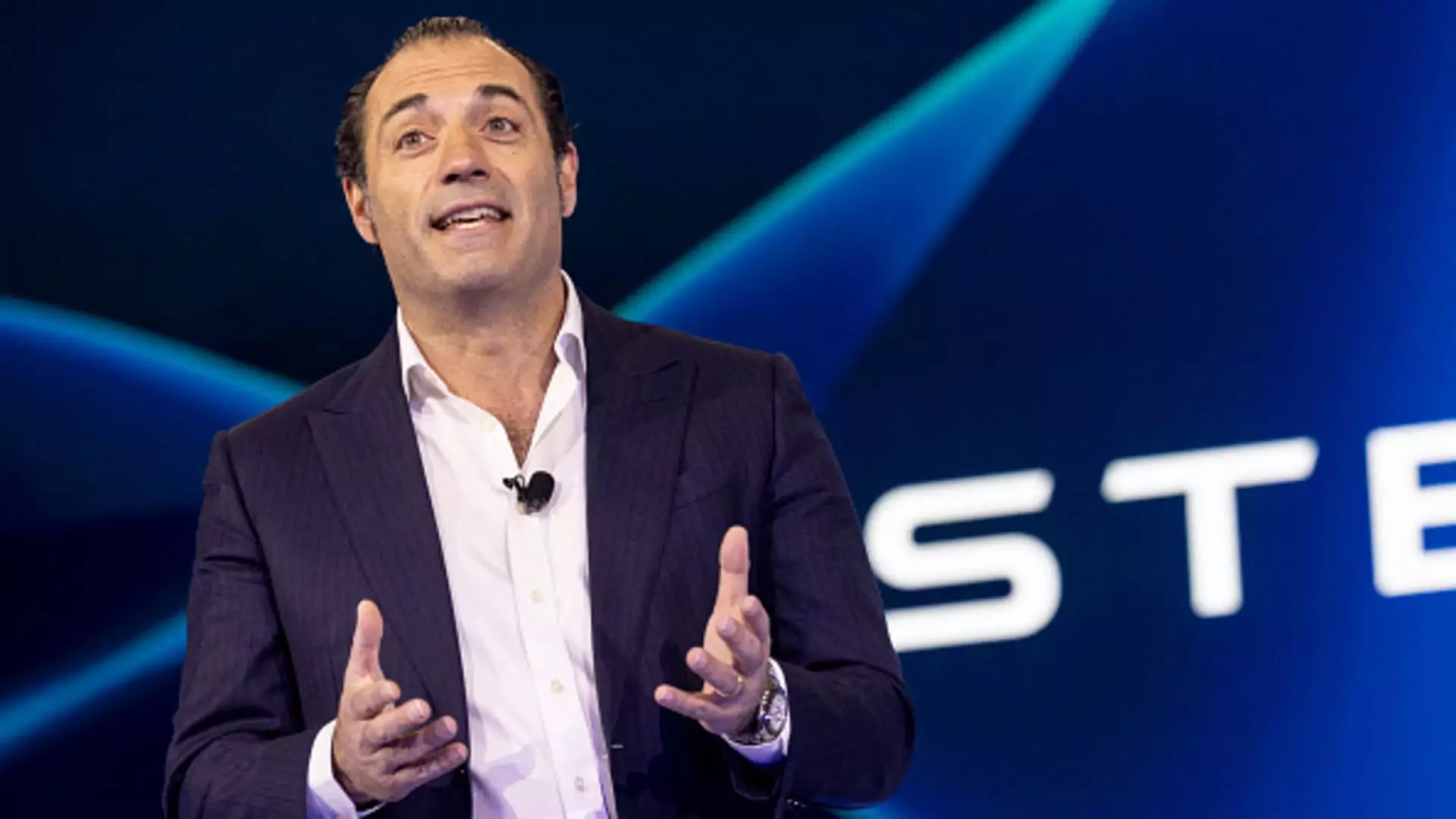The appointment of Antonio Filosa as the CEO of Stellantis marks a significant pivot for a multinational automaker grappling with both internal and external challenges. Following the unexpected resignation of former CEO Carlos Tavares amid plummeting profits and declining sales, the selection of Filosa has emerged as a beacon of hope for a fractured organization. With a clear emphasis on mending fractured relationships within the company and revitalizing international operations, Filosa’s leadership may indeed represent a turnaround for Stellantis during a tumultuous phase for the auto industry.
Rebuilding Trust: The Immediate Challenge
Filosa wasted no time in addressing the need to restore trust among Stellantis’ diverse partners: dealers, suppliers, and unions. His experience with the Jeep brand and as the North American COO equips him uniquely to approach this sensitive task. The rift that developed under Tavares not only strained partnerships but also hampered growth prospects. Thus, Filosa’s strategy to strengthen these bonds could rejuvenate underlying business operations and foster an environment conducive to innovation and teamwork.
However, simply stating an intention to mend relationships is one thing; executing that strategy is quite another. Filosa should employ proactive measures, such as regular town hall meetings and open feedback mechanisms, to ensure that stakeholders feel heard and valued during this transitional period. A transparent communication strategy is crucial for establishing credibility and demonstrating that the era of fractured alliances is behind Stellantis.
Balancing Tradition and Innovation
One of the critical issues Filosa will face entails reconciling the legacy of internal combustion engines with the overwhelming shift towards electric vehicles (EVs). As the automotive landscape changes rapidly, the strategic allocation of resources becomes paramount. Stellantis must decide how much of its investment and operational strategy will center on traditional manufacturing compared to sustainable technologies.
Filosa’s leadership will need to embrace a dual approach—sustaining current profitability while innovating strategically for the future. This balancing act is fraught with challenges, particularly amid rising competition from both established players and new entrants. The demand for electric and hybrid vehicles is rising, but will Stellantis’ existing infrastructure allow such a transformation without major upheaval?
The Impact of Global Trade Dynamics
With the looming uncertainties surrounding trade tariffs under the fluctuating policies of the Trump Administration, Filosa’s decisions will carry significant implications. The $1.5 trillion global supply chain that underpins the automotive industry remains vulnerable to geopolitical tensions. Stellantis, being heavily reliant on North American manufacturing, must adapt to these realities to maintain competitiveness.
Filosa needs to cultivate efficient supply chain strategies that not only mitigate risk but also enhance resilience. This can mean investing in local suppliers or redesigning logistics frameworks. The stakes are high, as financial performance has already dipped substantially; a further decline could jeopardize Stellantis’ ability to maintain its market share.
Investor Confidence on the Line
Market confidence is another critical factor for Filosa’s immediate tenure. Stellantis shares have dipped nearly 27% year-to-date, raising alarm among investors who are concerned about the firm’s capacity to recover. The company’s recent withdrawal of full-year financial guidance only adds to this anxiety. Under Filosa’s leadership, it is essential that he cultivates a compelling narrative that not only addresses current setbacks but also demonstrates a path to sustainable growth and profitability.
The integration of strong financial strategies combined with innovative product development will be paramount in regaining investor trust. Filosa must articulate a clear vision that inspires confidence while also executing on pragmatic steps to enhance operational efficiency.
A Partner-Centric Approach to Products
In addressing product strategy, Filosa must recognize the appeals and expectations of North American consumers. With the current shift toward EVs, Stellantis faces pressure from dealers and customers alike to innovate and diversify its offerings. The industry is in a state of flux. Consumers are demanding more than ever—sustainability, technology, reliability—all while navigating a competitive marketplace with seemingly endless options.
Filosa, referred to as a “retail-centric operator,” would do well to consult closely with the dealer network to understand market gaps. This situational awareness could lead to the development of vehicles that meet the evolving needs of consumers in a trademark Stellantis fashion.
While optimism is warranted under Filosa’s helm, the road ahead is undoubtedly packed with challenges that demand decisive leadership and innovative thinking. The automotive industry is at a critical juncture, and the decisions made by Stellantis’ new CEO will be instrumental in shaping its future trajectory.

